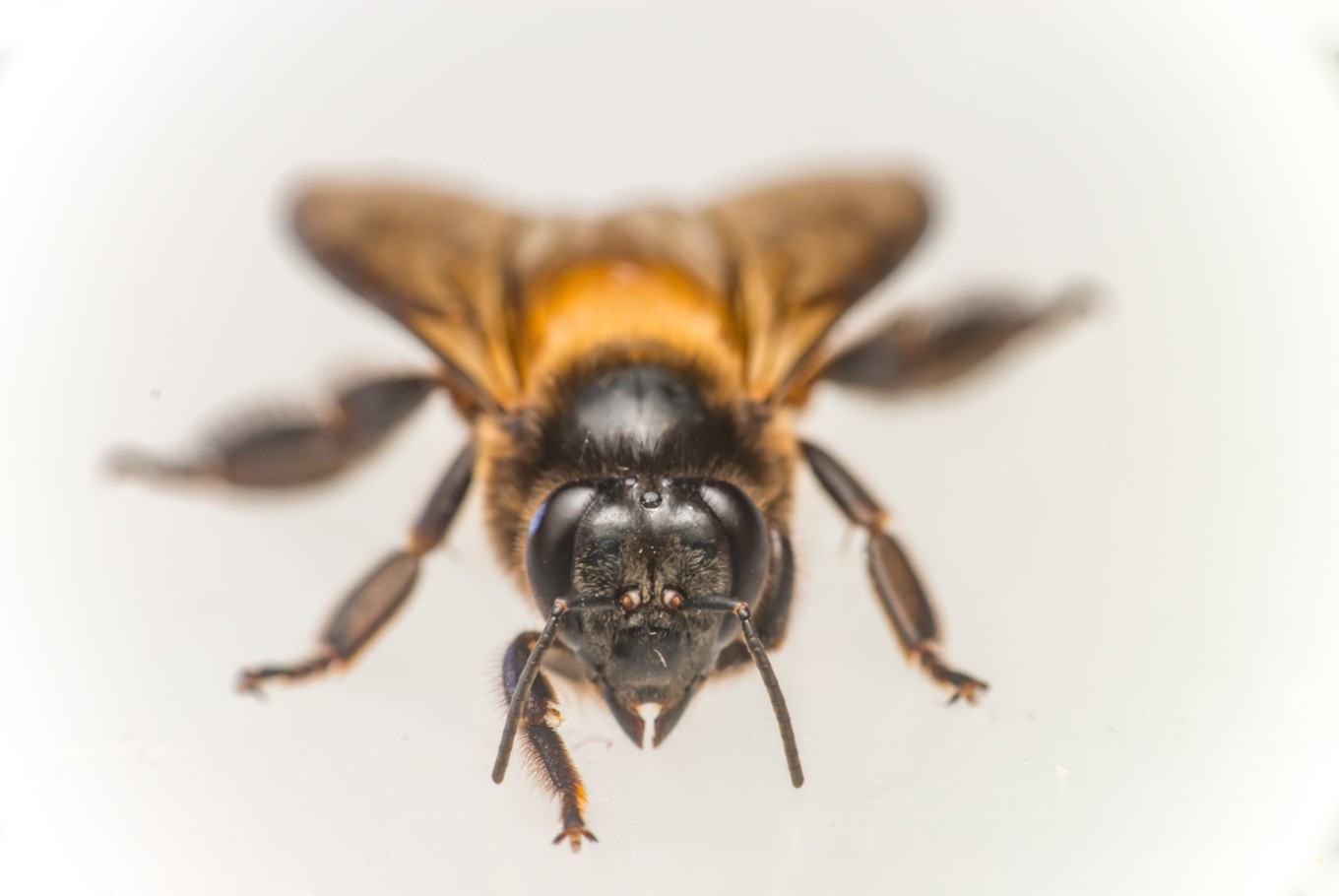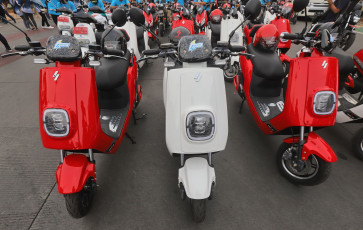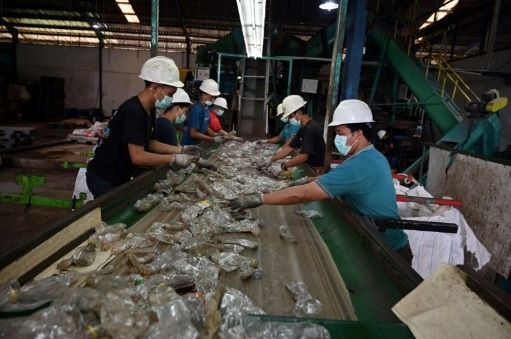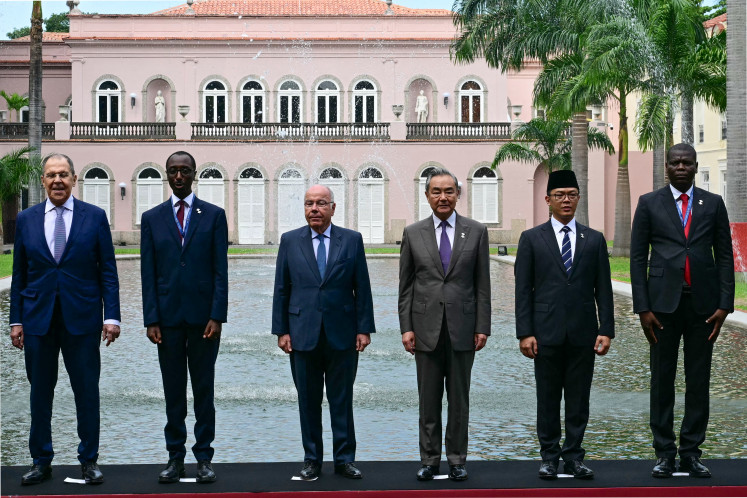Giant bee: What can we do to keep it alive?
Indonesia is a home to over 300 species listed as endangered. Unfortunately, protecting these species is difficult.
Change text size
Gift Premium Articles
to Anyone
 Stingless male drone giant honey bee (Apis dorsata) (Shutterstock/Muhammad Naaim)
Stingless male drone giant honey bee (Apis dorsata) (Shutterstock/Muhammad Naaim)
I
t is somewhat counterintuitive to say that a giant bee, one the size of an adult’s thumb with large pincer-like mouthparts, is hard to spot. Yet this is precisely the case with Wallace’s giant bee (Megachile pluto), which has only three documented live sightings in the last 400 years or so.
That’s why the bee’s recent sighting, reported in the Maluku Islands, made news all over the world. Not much is known beyond its habit of building resin nests in live termite mounds, which adds a component of drama. The fact that such an eye-catching creature with large jaws managed to elude spotting lends a dash of mystery.
There is, however, a more sinister side to the story. A dead specimen of Wallace’s giant bee was sold for US$9,100 on eBay last year. The nature photographer who reported the latest sighting is worried people will start hunting the bees as the news of its rediscovery spreads.
Efforts are being made to conceal the location of this last sighting.
While this effort to protect the bee may be successful in the short run, a long-term plan to protect it and other endangered species like it is needed. Specifically, the government ought to incorporate environmental education into our curriculum, textbooks and day-to-day teaching so we all understand the value of our diverse ecosystem and its importance to our daily lives.
Indonesia is a home to over 300 species listed as endangered. Unfortunately, protecting these species is difficult. The Wallace’s giant bee, for example, lives in a forest habitat threatened by agricultural expansion. The local community could protect the bee by not expanding their farmlands, but this will come at the expense of their livelihoods without an obvious benefit to the farmers.
Many of the endangered species do not bring obvious economic benefit to their human neighbors. Their value is often hidden in a web of interactions among plants, animals and human society. Many bees and wasps carry pollen from one flower to the next; without which many plants would never bear fruit. Certain birds and even bats also provide the same service. This basic, yet subtle, understanding of our dependence on animals and plants around us is crucial in negotiating the choices inherent in species conservation. This is why environmental education is important.

















